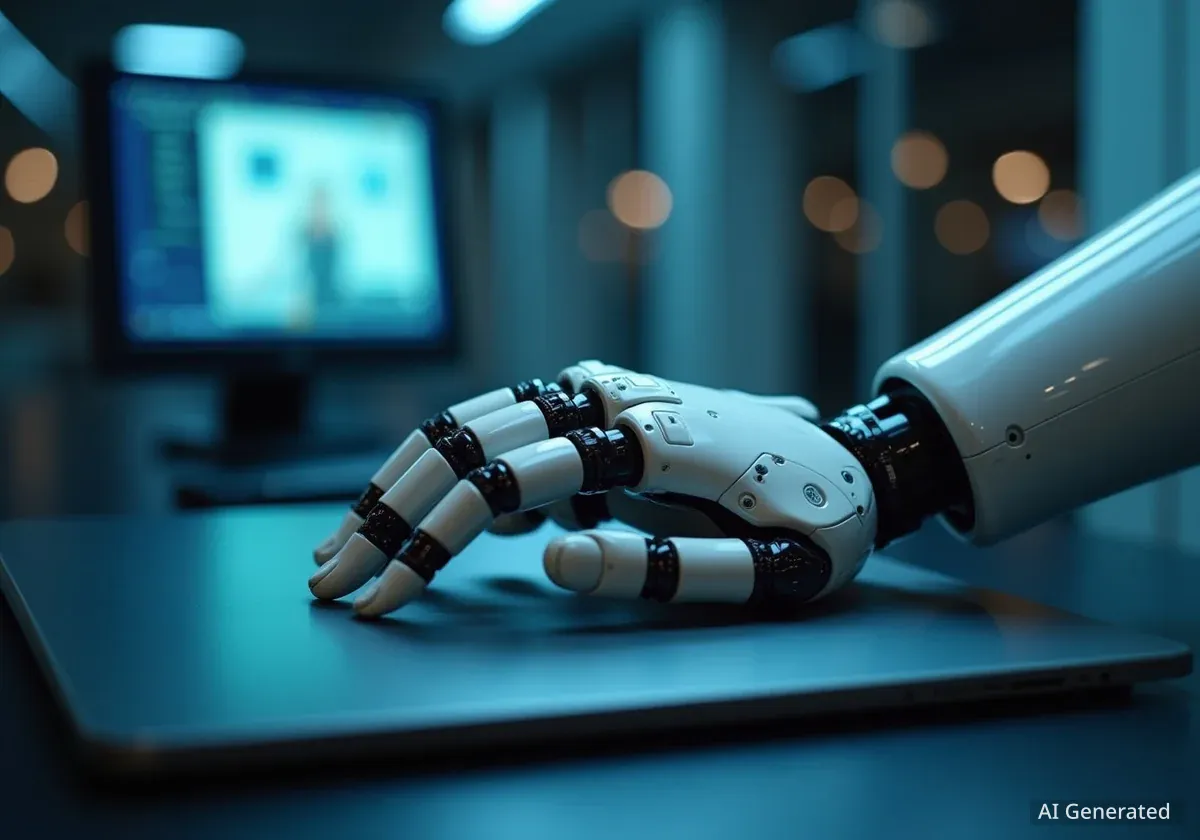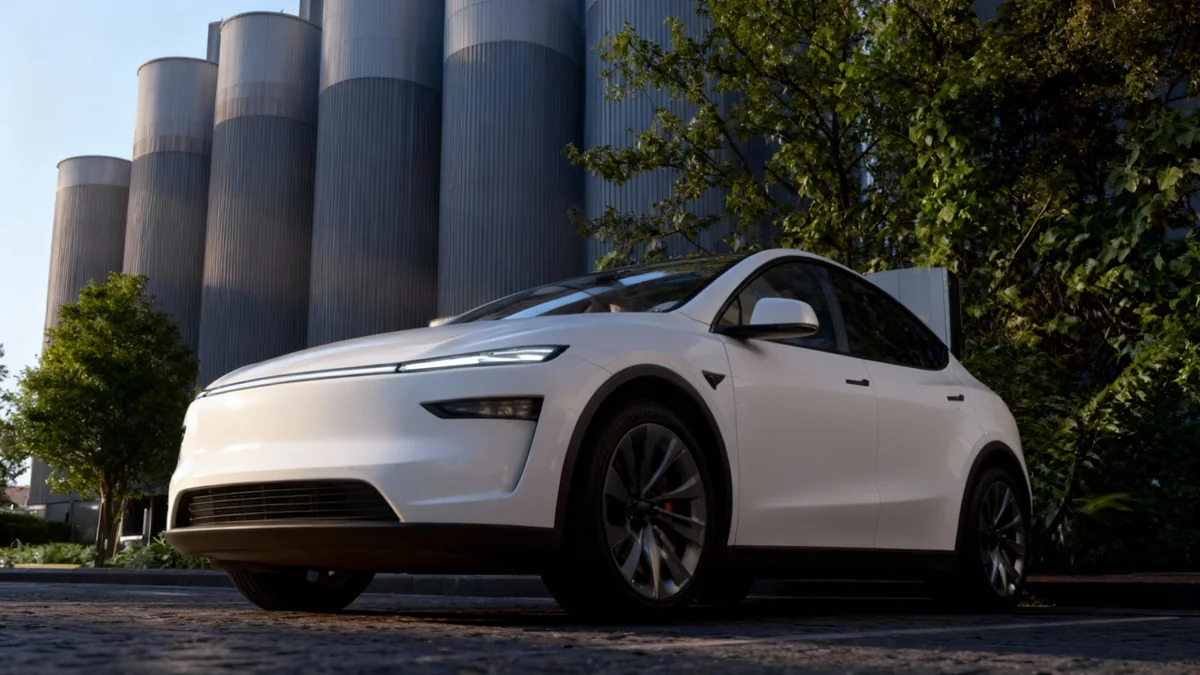A Shanghai-based company, AheadForm Technology, has introduced a new humanoid robot named Elf V1. The robot features highly realistic skin and facial expressions, powered by advanced artificial intelligence, with the goal of making human-robot interactions more natural.
The Elf V1 is designed to understand and replicate human emotions, utilizing a complex system of micro-motors to control its facial movements. By integrating sophisticated AI models, the robot can interpret non-verbal cues and adapt its responses in real-time, positioning it for potential roles in assistance and companionship.
Key Takeaways
- AheadForm Technology, a Shanghai company, has developed the Elf V1 humanoid robot.
- The robot features bionic skin and 30 facial muscles for realistic expressions.
- It uses Large Language Models (LLMs) and Vision-Language Models (VLMs) for intelligent interaction.
- The technology aims to avoid the "uncanny valley" effect for more natural human engagement.
Introducing the Elf V1 Robot
AheadForm Technology has officially unveiled its latest creation, the Elf V1, a bionic humanoid robot. The company's objective is to develop machines that can seamlessly integrate into daily human life, providing support in various industries.
The robot is built to perceive its environment, communicate with people, and learn from its interactions. According to the company, the Elf V1 represents a significant step toward bridging the gap between humans and machines.
"We believe that by developing realistic and expressive robot heads, we can bridge the gap between humans and machines, fostering a new era of interactive and intelligent robotics," the company stated.
This focus on realistic interaction is central to the design philosophy of the Elf V1, which aims to provide not just functional assistance but also a degree of companionship.
Overcoming the Uncanny Valley
A major challenge in robotics is the "uncanny valley," a phenomenon where a robot's appearance is almost, but not quite, human, causing a sense of unease. AheadForm is addressing this by using dynamic expression simulation and emotion generation technology to make the Elf V1's reactions appear more authentic and less unsettling.
The Technology Behind Lifelike Expressions
The Elf V1's ability to produce human-like expressions is based on a sophisticated mechanical and software system. The robot's face is equipped with 30 facial muscles, which are controlled by brushless micro-motors.
These motors are managed by a high-precision control system that allows for subtle and synchronized movements, including blinking eyes and speech that aligns with mouth movements. The company reports that this system provides the robot with up to 30 degrees of freedom in its facial articulation.
Bionic Skin and Motor Control
A key feature of the Elf V1 is its bionic skin, which is designed to mimic the texture and flexibility of human skin. This material works in conjunction with the underlying motor system to create expressions that appear natural.
Precision Engineering
AheadForm specifically designed its brushless motors for this application. They are noted for being ultra-quiet, highly responsive, compact, and energy-efficient, making them ideal for the nuanced control required for facial movements.
The combination of advanced materials and precision engineering allows the robot to convey a range of emotions, a critical component for effective human-robot interaction.
Artificial Intelligence Integration
At the core of the Elf V1's functionality is a self-supervised AI learning algorithm. This system enables the robot to process and interpret complex information gathered from its surroundings and interactions with people.
The seamless integration of Large Language Models (LLMs) and Vision-Language Models (VLMs) is crucial. These AI models allow the robot to understand spoken language, recognize visual cues, and learn from new data in real-time.
This capacity for continuous learning helps the robot adapt its behavior, aiming to achieve what the company describes as human-level understanding and responsiveness. It can detect a user's emotions with low latency and respond appropriately.
Applications and Future Development
AheadForm Technology envisions a future where robots like the Elf V1 are a common part of everyday life. Potential applications span multiple sectors, including healthcare, customer service, and education, where they could serve as assistants or companions.
The company is not new to this field. It previously introduced the Lan Series, another line of humanoid robots. The Lan Series focused on a different set of priorities, as detailed below:
- Realistic Appearance: Featured soft skin for a lifelike look.
- Simpler Mechanics: Offered 10 degrees of freedom.
- Cost-Efficiency: Designed for applications where mobility and object manipulation were more important than complex facial expressions.
The development of the Elf V1, with its emphasis on emotional expression and advanced AI, indicates a strategic shift toward creating more socially interactive machines. As the technology evolves, these robots could play an increasingly important role in how humans engage with technology.





